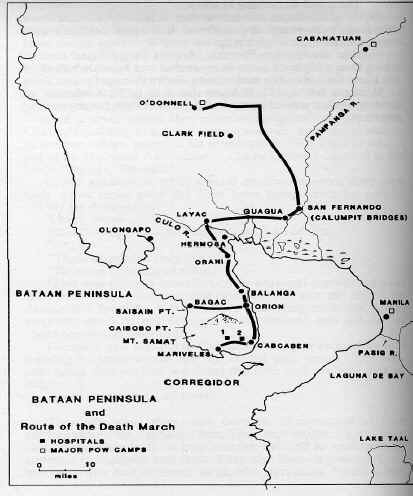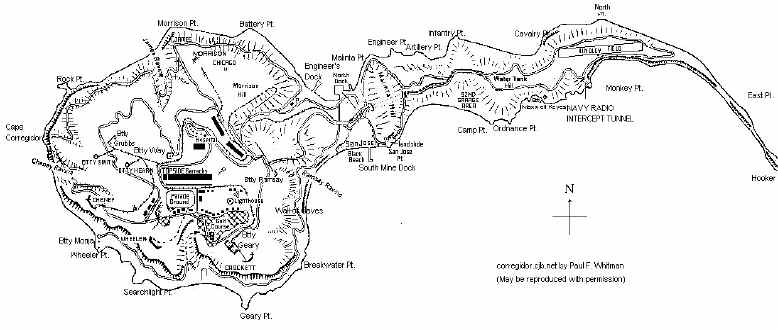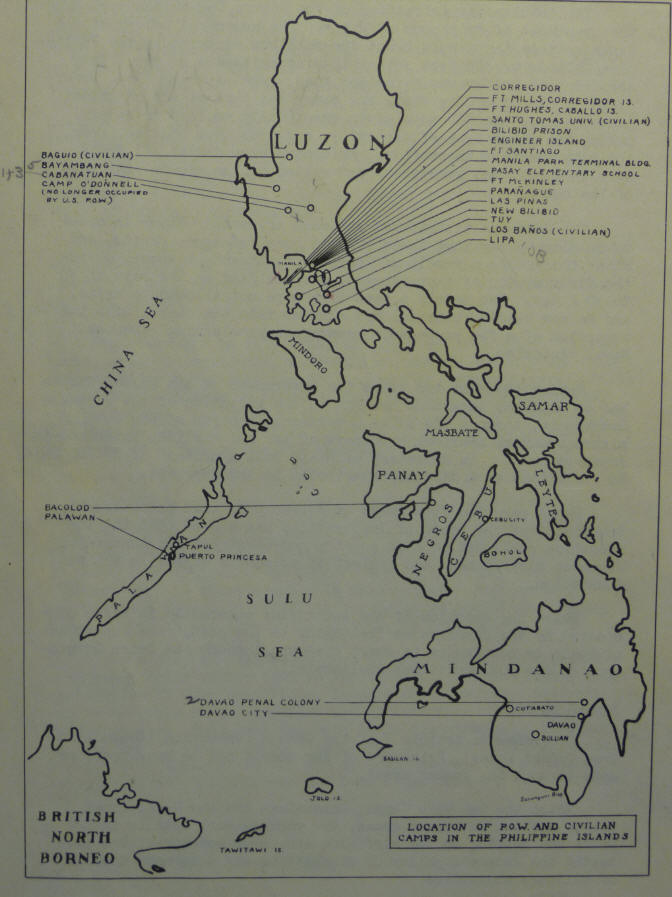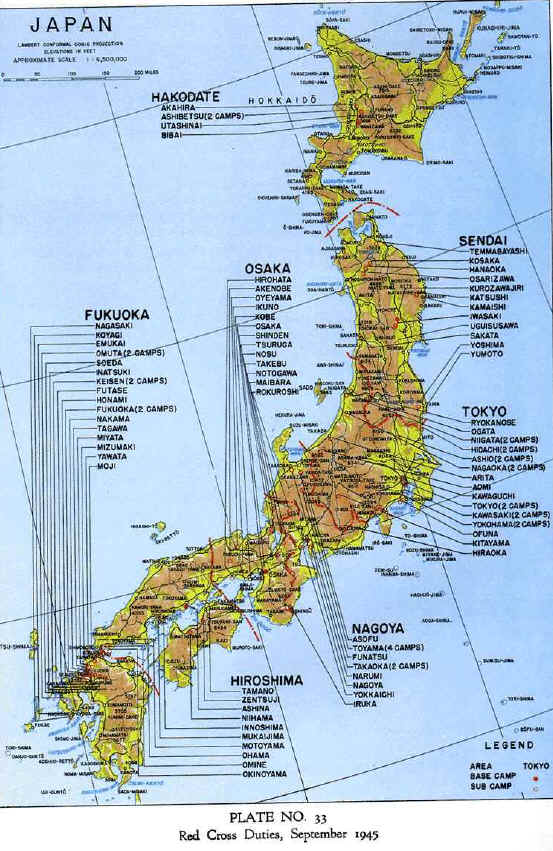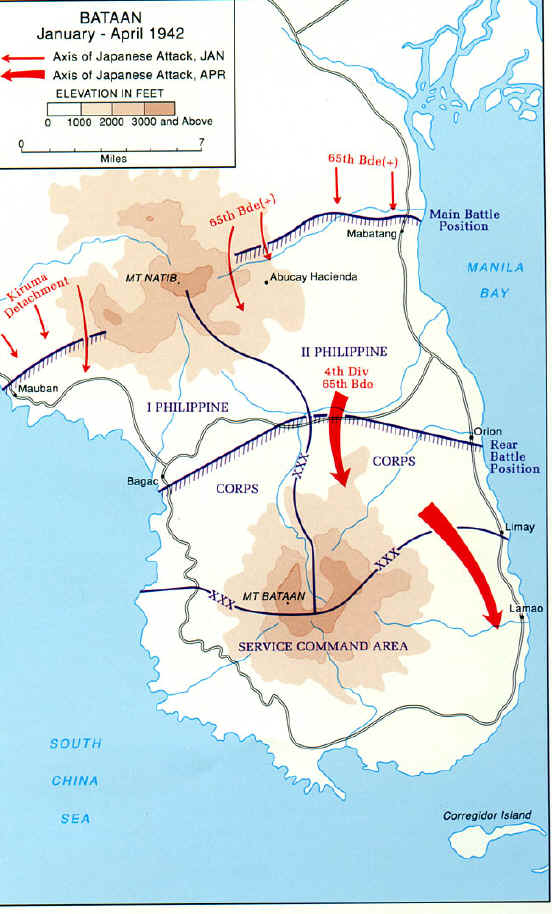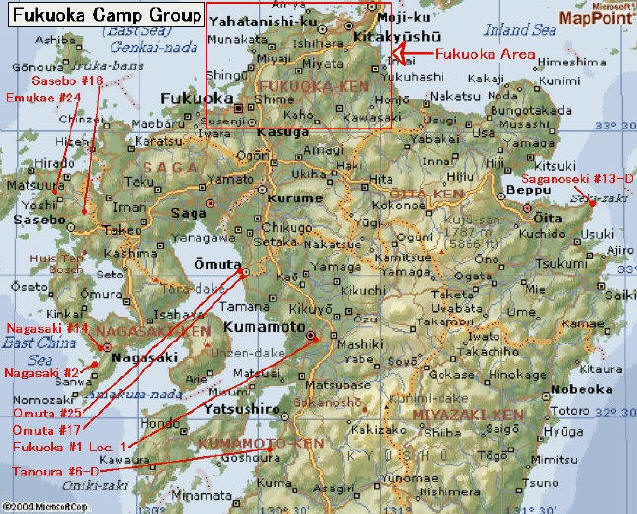34th Tank Company
History
Company A, 194th
Tank
Battalion
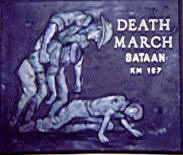 On
February 10,1941 Brainerd's
34th Tank Company, Minnesota National Guard, commanded by Ernest B.
Miller,
was Federalized and ordered to Fort Lewis, Washington for training. At
Fort Lewis, the 34th Tank Company was combined
with units from St. Joseph, Missouri and Salinas, California and
re-designated as the 194th Tank Battalion.
Major Miller was appointed the battalion commander. On
February 10,1941 Brainerd's
34th Tank Company, Minnesota National Guard, commanded by Ernest B.
Miller,
was Federalized and ordered to Fort Lewis, Washington for training. At
Fort Lewis, the 34th Tank Company was combined
with units from St. Joseph, Missouri and Salinas, California and
re-designated as the 194th Tank Battalion.
Major Miller was appointed the battalion commander.
The 194th Tank Battalion, less Company B, was ordered to
reinforce the Philippine Islands arriving in Manila on September 26,
1941. The 194th was the first Tank unit in the Far East prior to
WWII. In August 1941, Company B had been reassigned to the Alaskan Defense Command.
This was the first Armored unit sent outside the Continental United
States.
The 194th Tank Battalion was stationed at Fort
Stotsenburg
near Clark Field on the Island of Luzon,
where they trained until the outbreak of the war
on December 7, 1941. After the invasion of the Philippines by the
Japanese, the
Battalion was crucial to the beleaguered defense of
Luzon and the Bataan Peninsula.
The 194th held vital positions through out the Islands defense until
the fall of Bataan, on April 9,1942,
when ordered to surrender by General King. For their outstanding
performance of duty inaction,
the 194th Tank Battalion was awarded three Presidential Unit Citations.
Following the surrender, the weakened and diseased
defenders,
including men of the 194th Tank Battalion,
were ordered on the infamous Death March
by their Japanese captors. Prisoners on the Death March began marching
northward April 10, 1942 from Southern Bataan and terminated April
13,1942
at Camp O'Donnell.
The 194th prisoners were marched along with other prisoners from near
Mariveles to San Fernando, where they were packed into railcars and
moved to Capas, ending with a march to Camp O'Donnell. The prisoners,
without food or water, with extreme cruelty and atrocities dealt by the
Japanese, marched a total of 97 kilometers (or 60 miles).
Nearly 10,000 troops died, both American and Filipino.
From Camp O'Donnell, where hundreds died, many prisoners
were
sent
to other camps in the Philippines. Designated POW's included men from
the 194th, who were eventually packed into the holds of unmarked
transports known as "HellShips". The prisoners were moved to labor
camps in Japan. Many of these unmarked POW "HellShips" in route to
Japan were sunk unknowingly by the US Navy,
killing many POW's.
Of the original 82 Officers and men of the3 4th Tank
Company who left
Brainerd, 64 accompanied the 194th overseas to the Philippines. One man
was wounded and evacuated, 2 to OCS, 3 were killed in action, 29 died
as POW’s, and 29 survived captivity.
Of the original 64 National Guardsmen, only 32 survived
to
return to Brainerd after the end of WWII.
(Credit: George Lackie, nephew to Warren
Lackie)
|

